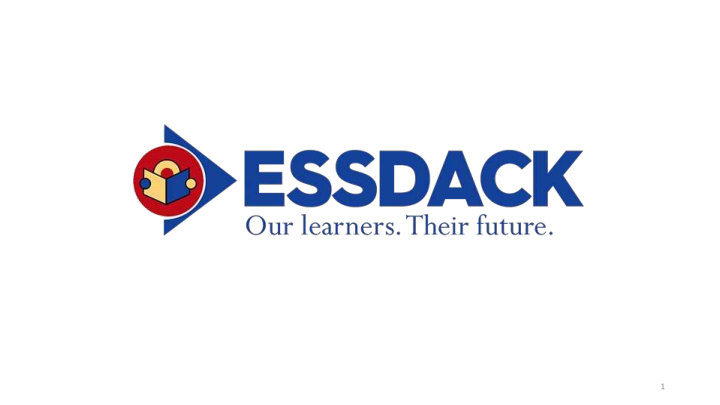



1
Systems & Leadership Understanding the Basics of Systems
System: n. A group of interacting, interrelated, or interdependent elements forming a complex whole. An organism or body as a whole, especially with regard to its vital processes or functions.
What's a process ss? Processe sses are all the related activities (parts) inside the system that work together to make it function. ... It's important that processe sses are effective at what they do so that the system can run efficiently. Proc oces esses es are the sequence of activities intended to produce a particular result.
The Aim Of The Education System What do you think the aim of our system is?
The Aim Of The Education System (Larry Lezotte & Ron Edmonds) • Custodial Care • Sort and Classify (Rank students) • Teaching and Learning
What do we see in the system that is ‘custodial care’ in action?
What do we see in the system that is ‘custodial care’ in action? • Busing • Breakfast & Lunch • Ears, Eyes, Nose, Throat exams • School Nurses, Social workers, SRO’s, etc. • After School programs (Latch-Key, Boys & Girls Club, etc.) • Daily Attendance • Sign in and Sign out
How do we ‘sort & select’ students?
How do we ‘sort & select’ students? • Grades • Honor roll • GPA • Valedictorian and Salutatorian • Class rank • Normed tests • AP, IB, Honors Classes • ACT • Time is fixed, achievement is variable – The assembly line
What processes do we utilize for teaching & learning for students?
What processes do we utilize for teaching & learning for students? • Lesson Plans • Standards • Competencies • Teacher observations/evaluations • Units • Whole class instruction • Individualized instruction
Is there evidence that the AIM of the Education System is changing?
Optimization vs. Sub optimization What is the “aim” of the system?
Any process with an aim that is not aligned with the aim of the larger system is sub-optimized. The results of a sub-optimized process can actually interfere with the ability of the larger system to achieve its aim.
What Does ”Systemic Change” Mean?
When the aim of the system changes, once optimized processes can become sub- optimized.
The New Aim Of The Education System Prepare EACH student to be successful when they leave us.
A Statistical Look At …
Driving To Work
UCL * * * * * * * * * * * * * * Mean * * * UCL * * * * * * * * * * Time * * * Mean LCL * * * * * * * * * * LCL Days
Common Cause vs. Special Cause
UCL * * * * * * * * * * * * * * Mean * * * UCL * * * * * * * * * * Time * * * Mean LCL * * * * * * * * * * LCL Days
What are the “things” that impact how long it takes you to get to work?
What are the 3 most important things in our current education system that you believe act as ‘System Controllers’ that prevent us from reaching our vision to make sure EACH student succeeds?
Weight Bearing Walls 1. Grade Levels 6. Paper And Pencil 2. Students Assigned 7. ABC Grading Classrooms 8. Report Cards 3. Class Periods/Bell 9. Learning Happens In Schedule School 4. Courses/Curriculum 10. Nine-Month School 5. Textbooks year
Deming concluded that 94% of problems are system problems, not people problems.
Systems “ And yet most of the trouble businesses get into – in serving their customers and in general getting things done with dispatch – is directly attributable to the ugliness of their systems and processes. Over time, even a beautiful system tends to get elaborated and elaborated … and then more elaborated … with every change. Each one made of course, for a “ good reason. ” Until the whole ugly, sloppy, inefficient, demoralizing, dehumanizing, mess makes everybody unhappy. We end up “ serving the system ” rather than having the system serve us. ” - Tom Peters
“It ain’t what you don’t know that gets you into trouble. It’s what you know for sure that just ain’t so.” – Mark Twain
Culture “ Culture Eats Strategy For Breakfast ” – Peter Drucker
Change Process
Change “ If you don’t like change, you’re going to like irrelevance even less. ” – Eric Shinseki
Th Three T Tool ools t to o Con onsider • Common Cause vs Special Cause - statistical analysis of the situation • Process Mapping - identify the suspected process and map it. • Intentionality on the New Aim - create a focused behavior on the ‘New Aim’
As a result of today’s presentation, what has become clear to you? Dr. Mike Cook mcook@essdack.org
Recommend
More recommend